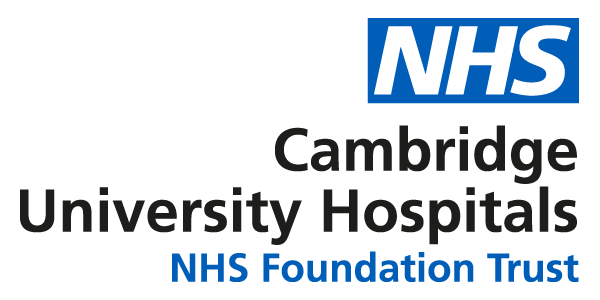Information on blocked milk ducts, mastitis, engorgement, exaggerated latch and nipple concerns.
Breast/chest concerns
Blocked milk ducts
A blocked milk duct may feel like a small tender lump in your breast, it may feel like a bruise. You may develop a blocked duct if you are not draining your breast/chest adequately, this may happen if:
- Your baby is not effectively latched
- If you are producing too much milk, sometimes referred to as an over supply
- If you have tight fitting clothing, bra strap, seatbelt or strap on a bag digging into the breast/chest for a prolonged period of time
- If you are not feeding responsively and spacing out feeds
Here are some self-help measures if you develop blocked ducts. If you do not try to resolve blocked ducts quickly it may lead to mastitis.
More information about blocked milk ducts on the NTC website (opens in a new tab).
Mastitis
Mastitis can develop if you do not use self-help measures when you discover a blocked duct.
An area(s) of your breast/chest may become sore, swollen, hot and painful to touch. You may be able to notice red patched in the painful area, however, if you have a darker skin tone this may not be easy to spot.
If you have pain and flu-like symptoms, you should contact clinic 23 (01223 217217)
To find out more information and for self-help measures please see the Breastfeeding Network leaflet/Mastitis (opens in a new tab) and the NHS/Start for Life website (opens in a new tab).
Engorgement
If your breast/chest feels very full, hard, tight and/or painful you may be suffering with engorgement.
Engorgement can happen when your milk comes in or if you have missed a feed or expressing session. It can take a few days for engorgement to settle and for your supply to match baby’s need.
If you are struggling with engorgement you can take pain relief to manage your pain. You can also apply cold compresses in between feeds or expressing sessions.
For more information, please see the NHS website/Breast pain and breastfeeding (opens in a new tab).
Exaggerated latch
The exaggerated latch or ‘flipple’ technique can be useful if you are struggling to achieve a deep and pain free latch. Using your thumb or finger near the base of your nipple and press so that your nipple tilts away from baby’s mouth. When baby has opened wide, use your thumb or finger to tuck your nipple into baby’s mouth, it will then flip past the top lip and gum and roll into baby’s mouth. Your baby should then have a large mouthful of breast tissue with your nipple at the back of their mouth.
How to latch a baby using the exaggerated latch technique | The Milky Life
Link: https://youtu.be/41fC0fQs1P8?feature=shared
Nipple concerns
Sore, cracked or bleeding nipples
Breast/chest feeding should not be painful. If you are experiencing pain when baby is feeding you should seek support from your midwife, support staff, HV and/or peer support groups.
Sore, cracked and bleeding nipples can be as a result of a poor, shallow latch. You will find more information on positioning and attachment on our Tips for successful breastfeeding page.
To ensure you do not develop blocked ducts and/or mastitis you should continue to feed baby responsively, if it is too painful to latch then you should express your milk.
For more information please see the NHS/Start for Life website - Sore nipples (opens in a new tab).

